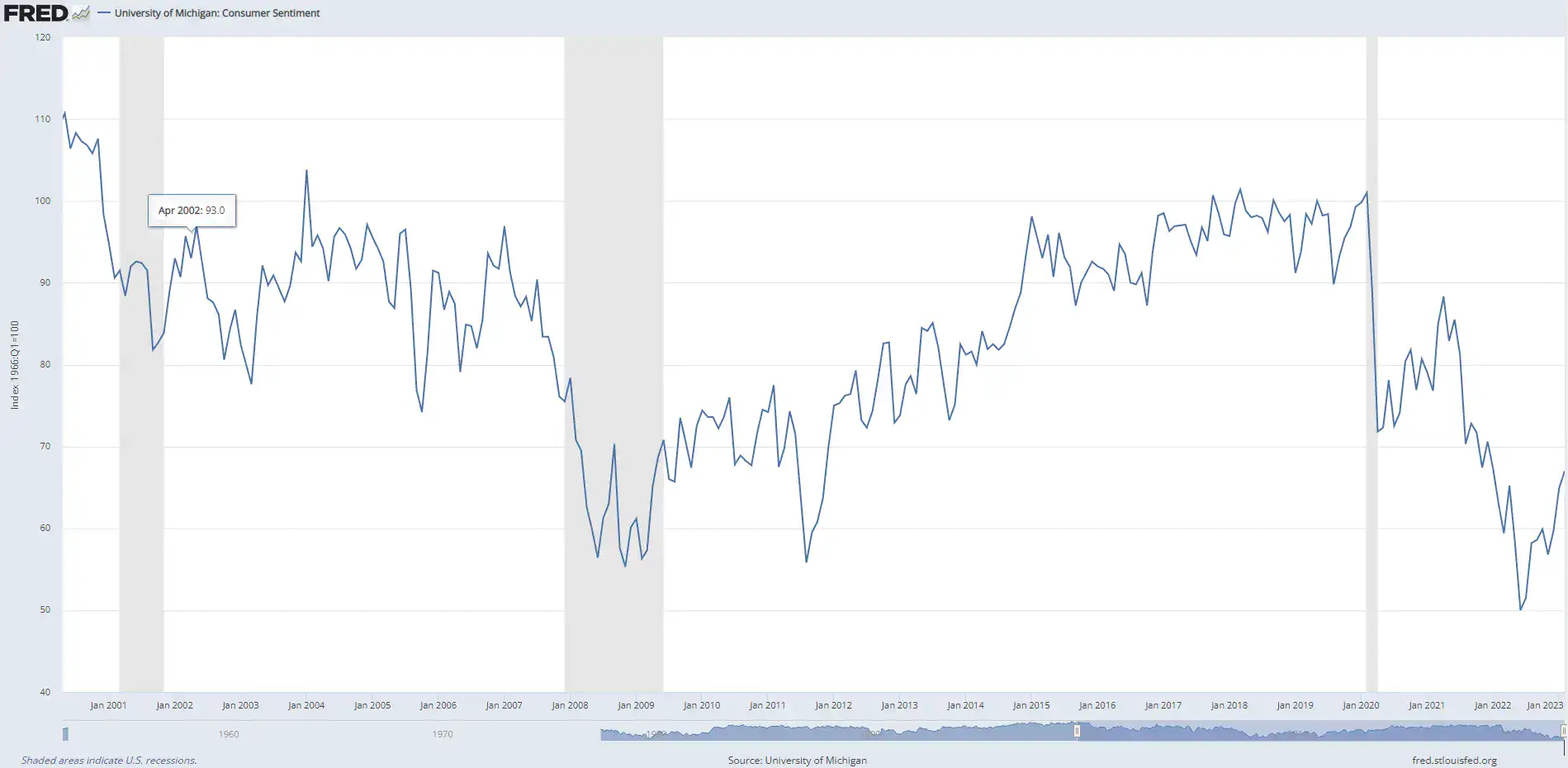Financial Focus - Bull Market
Published March 2023 in Distinctly Winkleigh

Disclaimer: The author is an active, regulated Director and the founder of Moor Independent Financial Advisers Ltd, a local, independent financial planning and investment management firm serving private clients and trustees. This guide is for information purposes and does not constitute financial advice, which should be based on your individual circumstances.
The value of investments may go down as well as up and you may get back less than you invest. Past performance is not a reliable indicator of future performance.
A global rally in December across global markets led to some muted price action in the first month of the year. Bearish commentators began to rumble about the chance of a market correction, or a fall of up to 10%, occurring imminently. Other participants were more upbeat and took positions anticipating a good year ahead. Views on the health of the global economy appear healthily divided at present, with a range of views being expressed across media platforms. February, however, has proven to be a remarkable month in more ways than one.
Following results announced after the markets had closed the previous day, on Thursday, 22nd February, Nvidia added $277Billion in stock market value in a single trading session. This is Wall Street’s largest one-day gain in history, coming after the heavyweight chipmaker’s quarterly report beat expectations and reignited the rally fuelled by optimism about Artificial Intelligence. The company soared 16.40% to close at a record high of $785.38, lifting its market capitalisation to $1.96Trillion. The knock-on effect of this momentous move of the stock that Goldman Sachs has cited as the most important in the world, fuelled global stock markets, including Europe’s STOXX 600, Japan’s Nikkei and the US S&P 500, to close at record highs as investors sought to trade in companies affiliated to the move and optimism flooded the trading floors. Reuters reported that Short sellers betting Nvidia's stock would fall rushed to close those trades on Thursday and lost $2Billion on paper, taking their declines to more than $6.8Billion so far this year. Whilst many are suggesting the US stock market rally is becoming overdone and that a correction is due, many others remain firmly in the bull camp. There is general optimism in the US about the strength of the US economy, the global macroeconomic backdrop and the anticipation of looser monetary conditions as interest rates are potentially cut in the US and across many developed nations.
Japan has defied the bears and the stock market has closed at record highs this quarter, surpassing a peak last seen in 1989. Japan seeks to exit a deflationary environment and is now seeing signs of inflation at its target of 2% persisting and the BoJ is citing rising wage growth. In addition, many market participants have commented that company valuations do not seem stretched yet and that the market rally appears sustainable. Others disagree and currency traders have cited that the carry trade on the Yen, where participants may borrow the Japanese Yen at around 0% and invest the money within interest-bearing assets in other currencies, continues unabated. In February, the Yen touched its weakest for three months against the Euro and dropped by the same margin on sterling to hit its lowest since late 2015 at 190.83. It also made nine-year nadirs on the Australian and New Zealand dollars. It has fallen 6.3% against the dollar this year and is the worst performing currency of the G10. It has also been highlighted that Japan slipped into recession in the last quarter of 2023; Japan's gross domestic product (GDP) fell an annualised 0.4% in the October-December period after a 3.3% slump in the previous quarter, confounding market forecasts for a 1.4% increase. Therefore, it does not necessarily follow that interest rates will rise in the near future at all. Some analysts are warning of another contraction in the current quarter as weak demand in China, sluggish consumption and production halts at a unit of Toyota Motor Corp all point to a challenging path to an economic recovery. Meanwhile, the Nikkei powers on.
India continues to grow apace and India’s blue-chip Nifty 50 is smashing new record highs almost daily, making five of them in consecutive sessions during the third week of February. A report by Nikkei Asia in February revealed that Google plans to commence production of its Pixel smartphones in India by next quarter. The U.S. tech giant has been striving to diversify its supply chain away from China amid U.S.-China tensions, whilst seeking to capitalise on the booming smartphone market in India, the report added. This comes after the news last year that Apple was moving the production of its iPhone15 to India as the company sought to move away from Chinese production. "Indian equity markets will continue to do well due to underlying strength in the economy, acceleration of business activity, strong corporate profitability and sustained domestic inflows," stated Pankaj Murarka, director and chief investment officer at Renaissance Investment Managers, in a recent Reuters article. India’s business activity accelerated to a seven month high on solid demand in February.
In the UK, a series of positive updates from blue-chip firms have quietly been reported so far this quarter, while data points to strong growth for domestic services firms and showed business optimism at a two year high. UK markets are underperforming European and US markets this year predominately due to their focus on commodities and energy in the larger firms that compile the FTSE 100, alongside a lack of technology stocks.
In the Eurozone, France has proposed starting an EU Markets Union with a small group of countries, to unify national rules on bankruptcies, prospectuses, taxation of capital gains and so forth. "I have been trying for more than six years to build a capital markets union. My conclusion is that starting with the 27 member states is a non-starter," French Finance Minister Bruno le Maire told reporters.
Jonathan Cotty, Chartered FCSI




